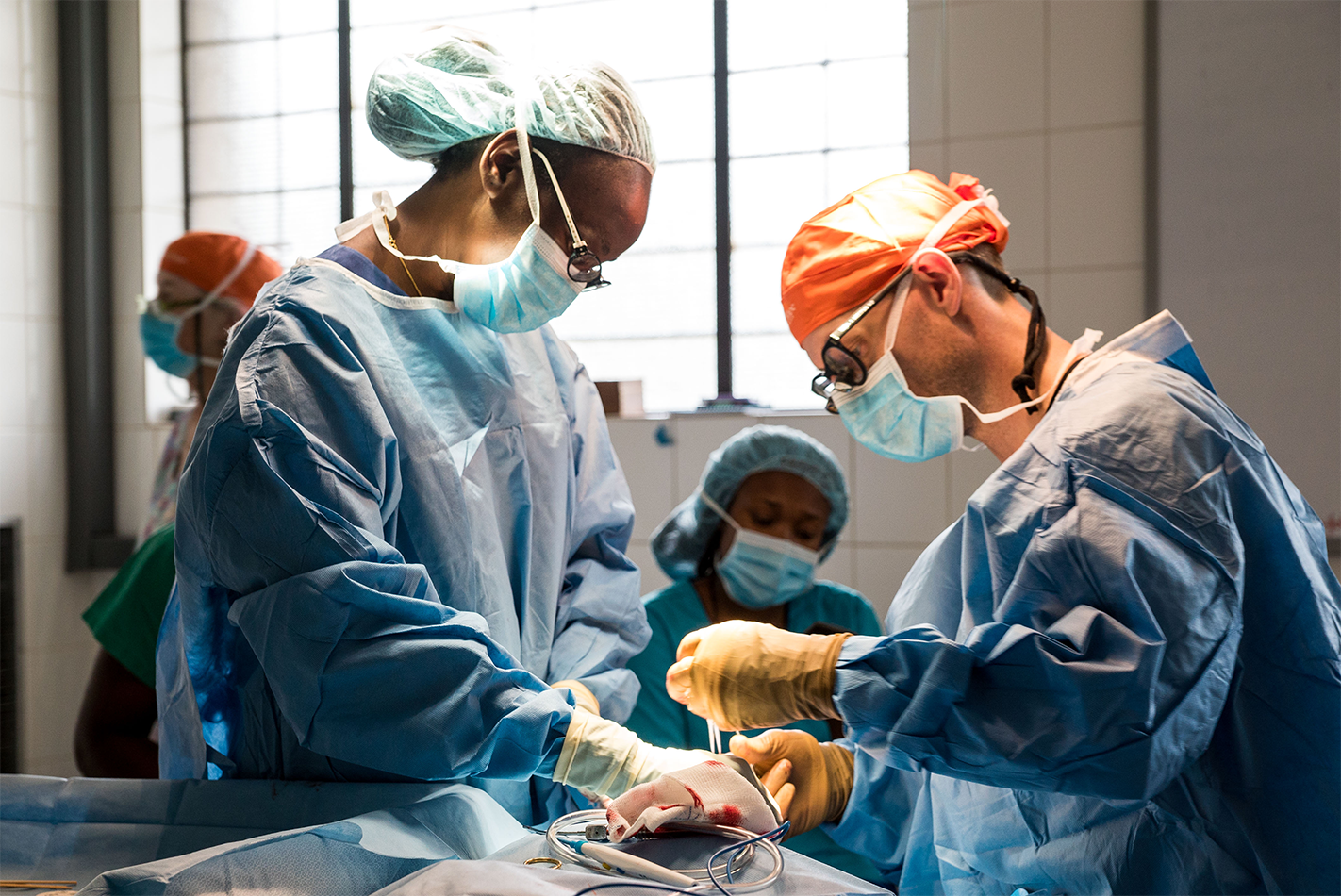A child born with an opening in the upper lip is a common craniofacial difference in newborns called a cleft lip. Similarly, a cleft palate is also a congenital finding where the baby’s palate (aka roof of the mouth) has a opening between the nose and mouth. In medical terms, such congenital malformations are also called orofacial clefts or simply oral clefts.
For the uninitiated, congenital malformations can be defined as present in the baby from the time of birth. These can potentially change the function, shape, and appearance of the child, while the vast majority of these amazing children overcome these obstacles. The child’s progress is greatly enhanced by a strong relationship between the family, child and a multidisciplinary Cleft Team, such as at the University of California Davis.
Cleft lip and palate are among the most common congenital differences globally.
The incidence live births in the United States shows an estimated:
- 1/600 babies have cleft lip +/- cleft palate
- 1/1,000 babies have just cleft palate
Typically, oral clefts happen in the initial stages of pregnancy. The baby’s lips are formed during the first 6-8 weeks of pregnancy, and the cleft palate develops around the second month of pregnancy. For some unknown reason, boys have more of a chance of having a cleft lip with or without cleft palate than girls. Girls are prone to developing a cleft palate without a cleft lip.
How Cleft Lip & Palate affects a Baby’s Facial Appearance
A cleft lip may occur on the two sides of the baby’s lip (bilateral ) or just one side (unilateral) . Some newborn babies with cleft lips may have a tiny notch on their upper gumline (also know as an alveolus) . Babies with a complete cleft lip have an opening in their lip that continues up into the nostril(s). A cleft appearing right in the center of the lip is called a median cleft and is very uncommon.
A cleft palate is known to affect either the soft palate, hard palate, or both. Some babies with a cleft palate may be born with an opening in both the front and back part of the palate, while others have small openings only in one part of the palate.
Cleft Lip and Cleft Palate – Primary Known Causes
There’s not enough evidence to confirm what causes either a cleft lip or cleft palate. It can be a blend of various contributing factors, including genes, environment, diet, medicines, etc.
However, a family history cleft lip and or cleft palate is a reason for children to have a cleft.
Some of the things that may increase the chances of a baby having a cleft lip or palate are:
Family History
If either of the parent or anyone in the immediate family is known to have been born with oral clefts, the chances of your baby having orofacial defects do increase. Cleft lip with and without cleft palate are do occur more often in some areas of the world and within certain race/ ethnicities for unknown reasons.
It is wise to share your family history with your doctor and genetic counselor if your family has a history of having cleft lip or palate.
Smoking & Alcohol Consumption
Pregnant women drinking alcohol or smoking during the first few weeks of their pregnancy are susceptible to having babies with cleft lip or palate. It should be avoided not only to reduce the risk of orofacial defects but for the overall health of the mother and optimal growth of the baby.
Nutritional Deficiency
Nutritional deficiency is another reason cleft lip or palate may occur. One of the important nutrients a pregnant woman needs is folic acid.
The deficiency of folic acid may cause the formation of cleft lip or palate and can be the reason for other congenital disabilities as well.
Diabetes
Being diabetic (type 1 or 2) before pregnancy has been shown to be associated to children born with cleft lip and palate, but the reasons are unclear.
Medicine
Medications that can lead to birth deformities should be avoided during pregnancy. Epilepsy or seizures medications during pregnancy are one example that have been associated with a newborn having a cleft lip or palate.
Best Advice for Mothers before and during pregnancy
Oral clefts cannot be completely prevented. However, following a healthy routine, avoiding certain things, and taking a few preventive measures can minimize the risk of your baby having a cleft lip or cleft palate.
- Don’t smoke.
- Avoid alcoholic drinks.
- Prenatal vitamins are offered by your OB/GYN so you can consume Folic Acid –
- Take these multivitamins as per your doctors recommendations
- Maintain a healthy and balanced weight
- Consult with your doctor about the medications you’re already on.
- Get into a prenatal care routine as soon as you get pregnant.
Diagnosis For Cleft Lip and Palate
Newborns with cleft lip or palate are diagnosed right after birth. Your doctor may be able to identify and detect oral clefts during pregnancy in an ultrasound. New Technology has allowed 3 dimensional images to be created from your ultrasound. In some cases, the pregnant mother and father may meet with the multidisciplinary Cleft Team and cleft surgeon in a prenatal visit, after the ultrasound shows a cleft. This can help alieviate fears and prepare the family for caring for their newborn with a cleft. Contact your local ACPA accreditied Cleft Team for more information.
Problems Cleft Lip and Cleft Palate Can Cause
- Feeding Problems
- Dental Problems
- Speech Problems
- Ear Infections
- Hearing Problems
Some babies with cleft lip or palate may experience problems with breastfeeding or may need more than usual time to get started. Cleft palate in babies nearly always restricts them from breastfeeding.
But in these cases, babies can be fed pumped breast milk through a bottle. There are also special bottles (sometimes called feeders) available to feed babies with cleft lip or palate. Your doctor may ask you to see a lactation consultant to learn techniques on how to breastfeed your baby.
Treatment For Cleft Lip and Palate
Oral clefts can be treated through pediatric otolaryngology, facial plastic surgery, or plastic surgery. If your baby is born with a cleft lip, it’s highly recommended to undergo repair before the first year completes. Surgery for cleft palate must be ideally done before the baby is around 10-14 months old.
Pediatric plastic surgery for oral clefts helps aid with breathing and improves the baby’s facial aesthetics, speech development, and hearing. In some cases, the babies may need a few more surgeries later in life.
In cases where multiple pediatric plastic surgeries are required, care from other medical specialists like speech therapists, oral surgeons, dentists, and ENT (otolaryngology) may be required to help with issues caused by oral clefts. This is why the Cleft Team is so important in the care or a baby with a cleft. With proper treatment, children with oral clefts live healthy, fulfilling lives. Health care providers can also help babies with orofacial clefts get the proper care they need to go about their life as they grow older and lead healthy, normal lives. They inspire all of us.

